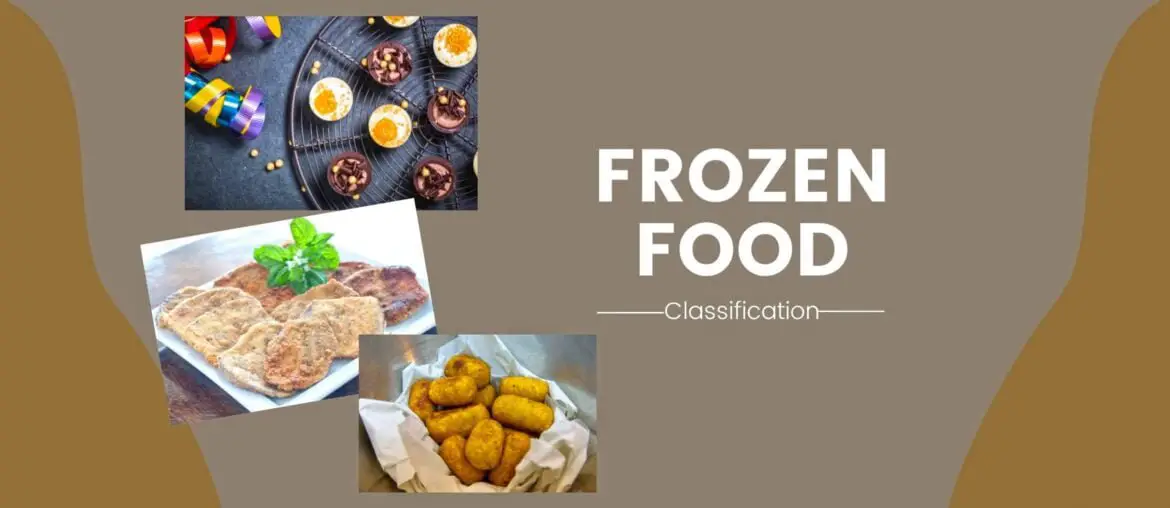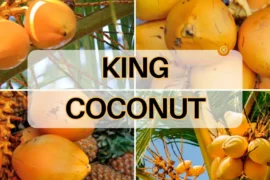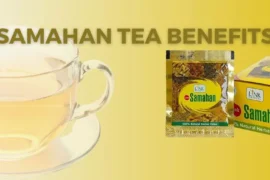Frozen food is food that, after low-temperature freezing processing. It retains the water and juice of food, avoids microbial reproduction, and makes food preservation safer.
According to the simplest classification of frozen food, it can be divided into chilled food and frozen food. If it is not rigorous, quick-frozen food also belongs to frozen food. Quick-frozen food is easy to preserve and relatively simple to cook and make, so people with a busy life and work like to eat it. Is quick-frozen food healthy? How to eat frozen food? Let’s find it out and more.
What is frozen food
Frozen food is processed by low-temperature freezing technology. Accordingly, it can be divided into chilled food and frozen food.
The chilled food doesn’t need to freeze. Instead, the food reduces the temperature close to the freezing point and is preserved at that temperature.
Frozen food is food preserved at a temperature lower than the freezing point.
The difference between freezing and quick freezing
Quick freezing is a processing technology that quickly freezes food within 15 minutes, and the processing time of frozen food is longer. In addition, quick freezing is mainly used to process meat food, while freezing is mainly used to process foods such as vegetables and fruits.
But, in terms of commodities, there is little difference between quick-frozen food and frozen food. Therefore, you can see that many fresh supermarkets classify the quick-frozen/frozen area into one category.
The difference between frozen and chilled foods
The main difference lies in the storage temperature and time. For example, we can store chilled and fresh food at about 0 degrees, but we can store it for a short time. On the other hand, frozen food is generally stored minus 18 degrees, but its storage time can be very long.
What are the quick-frozen foods
Quick-frozen flour products
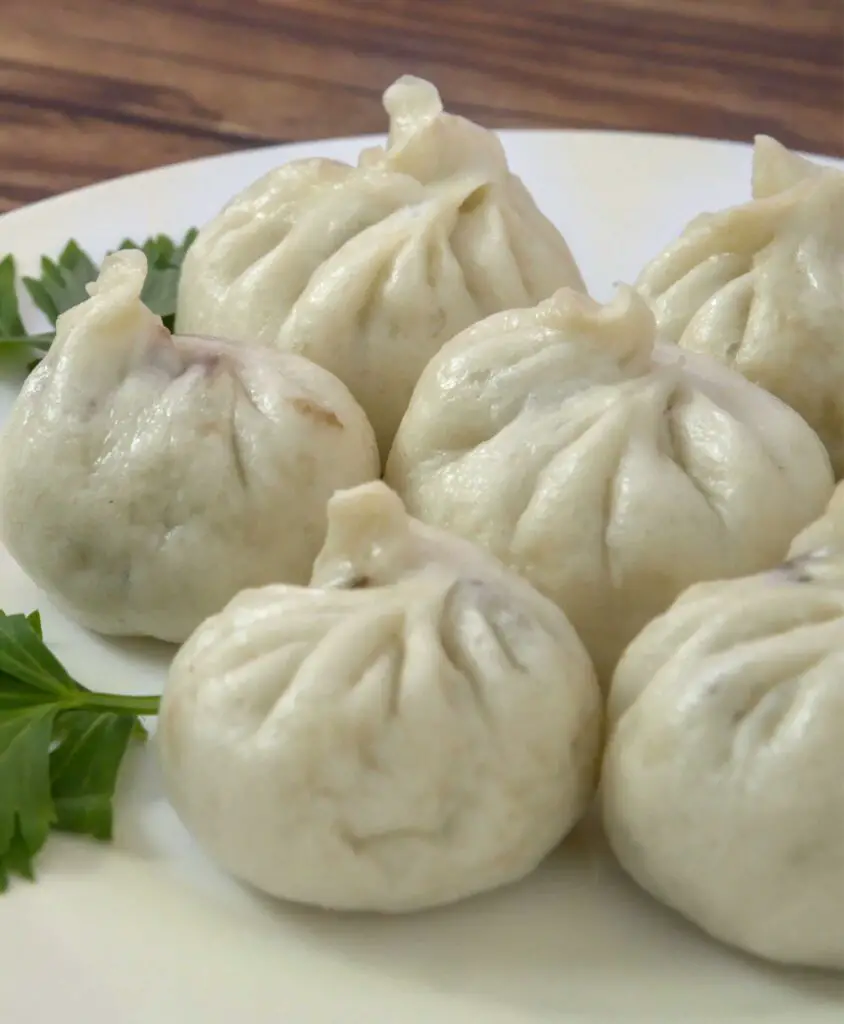
Quick-frozen flour products refer to all kinds of main foods that are processed into all kinds of cooked or uncooked main foods with flour as the main raw material and meat and vegetables as auxiliary materials. These are immediately made by a quick freezing process and can be transported, stored, and sold under freezing conditions.
Quick-frozen flour products include quick-frozen steamed buns, quick-frozen dumplings, quick-frozen steamed bread, quick-frozen roasted wheat, quick-frozen spring rolls, etc.
| Advantages | Disadvantages |
Hot pot quick-frozen products
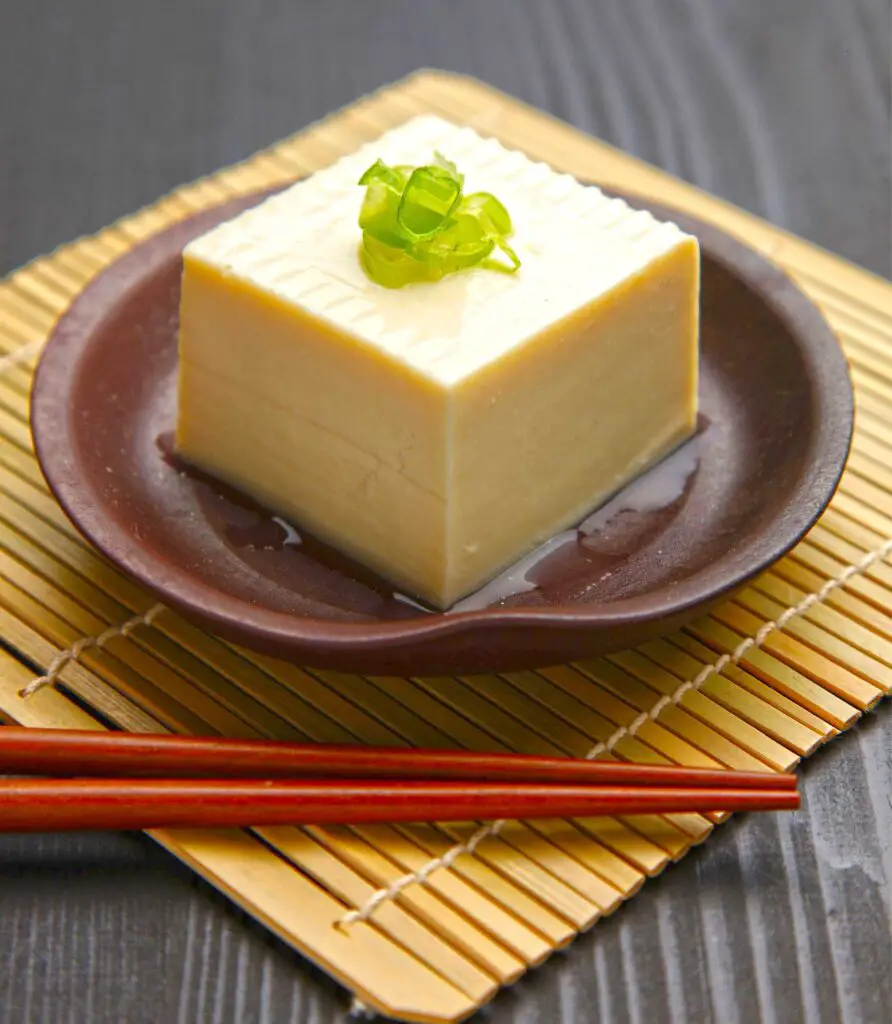
Hot pot quick-frozen ingredients are processed through rapid low temperature (below -18 ℃), and they will not lose their water and juice. You can eat them after being cooked in boiled water or special soup.
Hot pot quick-frozen products include fish dumplings, fish balls, crab sticks, crispy intestines, frozen tofu, etc.
| Advantages | Disadvantages |
Quick-frozen aquatic products
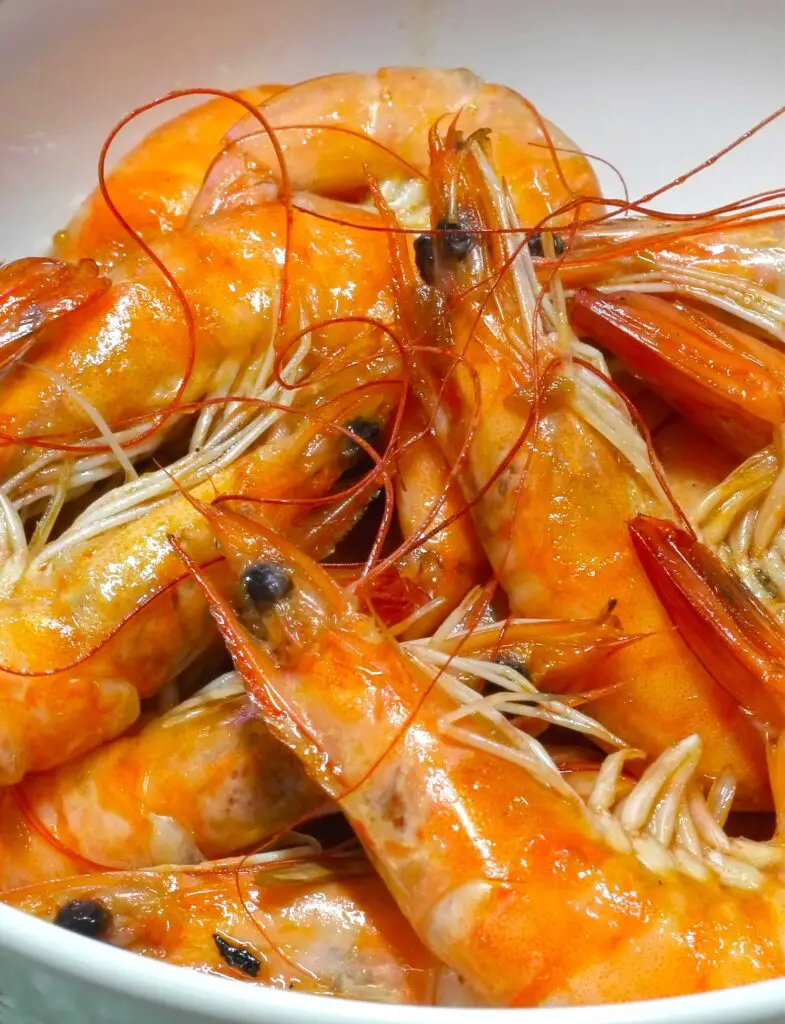
Aquatic quick-frozen food is a low-temperature preservation method that uses low-temperature conditions to inhibit the activity of autolysis enzymes and microbial reproduction of aquatic products. It will slow down the speed of chemical reactions such as lipid oxidation and non-enzymatic browning to maintain good food quality during storage.
Aquatic quick-frozen foods include sea shrimp, frozen fish, shellfish, crab, etc.
| Advantages | Disadvantages |
Quick-frozen animal products
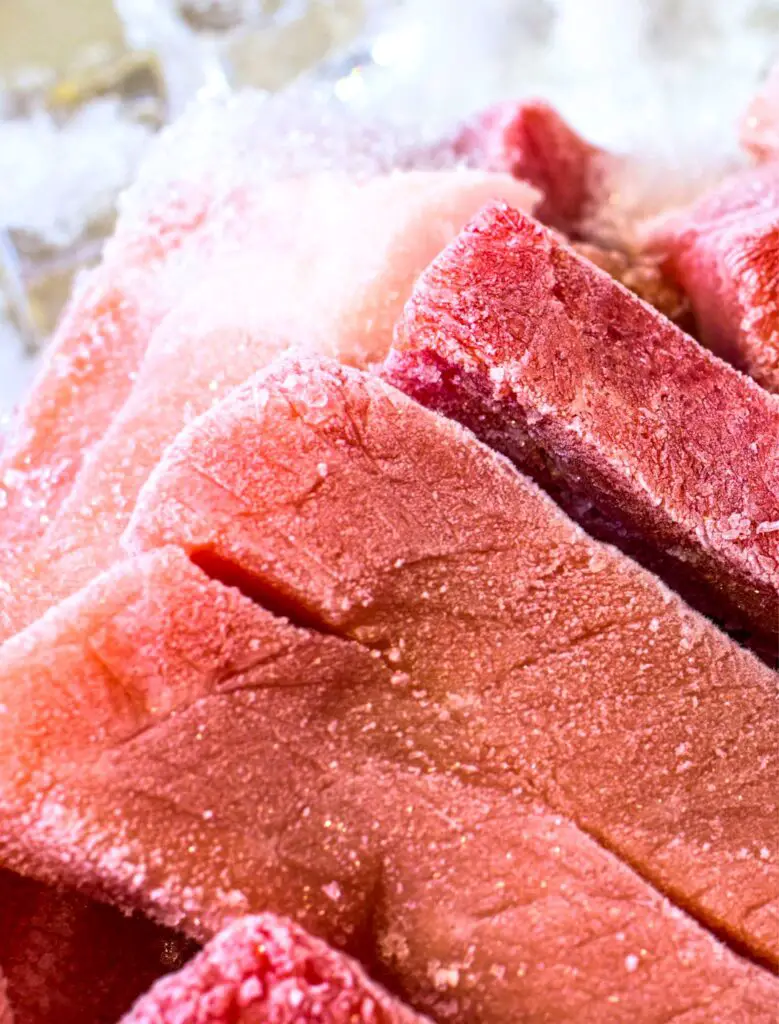
This is the most common quick-frozen food that we met usually. Many people like to buy a large amount of meat and store it at home for convenience. However, to keep the meat fresh and nutritious, they will buy the frozen meat or put it in the refrigerator to better ensure good meat quality.
The four most common types of livestock quick-frozen foods are pork, chicken, beef, and mutton.
| Advantages | Disadvantages |
Fried flour products
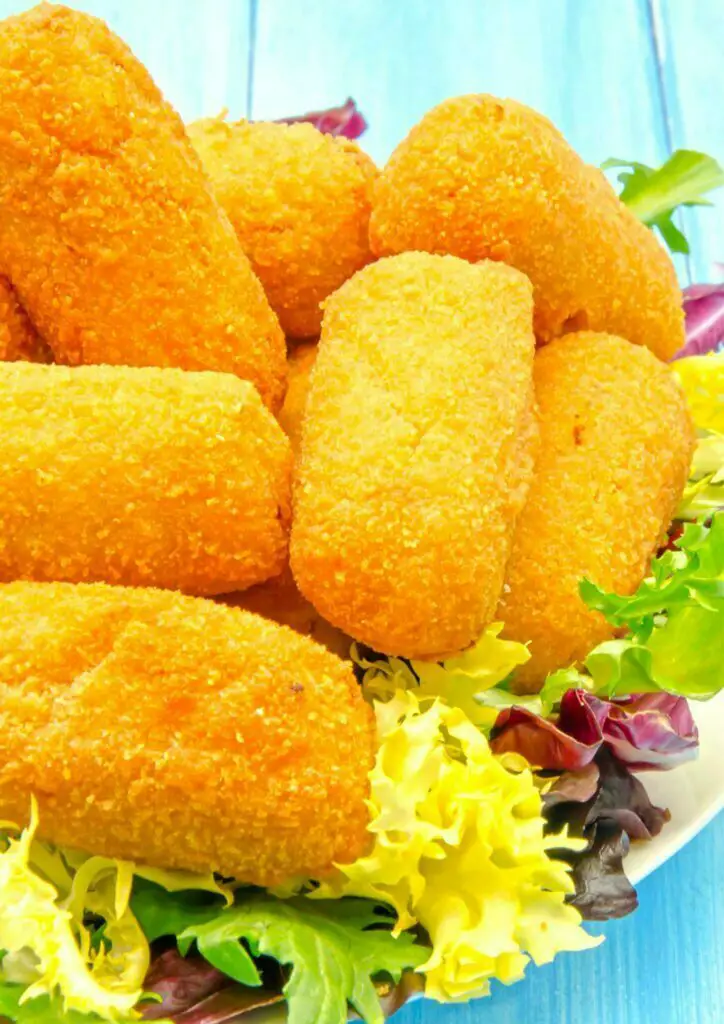
Flour-coated fried food that mixed flour and starch in different proportions includes this category.
Fried foods include chicken nuggets, croquettes, squid steaks, fried yogurt, fried chicken steaks, etc.
| Advantages | Disadvantages |
How to buy frozen food
- Pay attention to the production date
Try to buy branded foods less than 1 month away from the production date to ensure safety and nutrition.
- Pay attention to the appearance of frozen food
Choose products with no damage to the packaging bag, complete frozen product form, no softening or sticking, no frost or slight frost in the package, and natural color, no discoloration, and no dullness.
How to thaw frozen food quickly
- Microwave thawing
If the microwave has a defrosting function, you can thaw frozen food directly in the microwave.
- Thawing the aluminum pot
Put the frozen food in the middle of the two aluminum pots, then press it with a heavy object, and it will defrost in about five minutes. Because aluminum conducts heat very well, you can use it to speed up thawing time.
If you are not in a hurry to thaw, you can also place the frozen food in salted water and thaw it slowly, which takes about an hour or two.
Frozen food storage
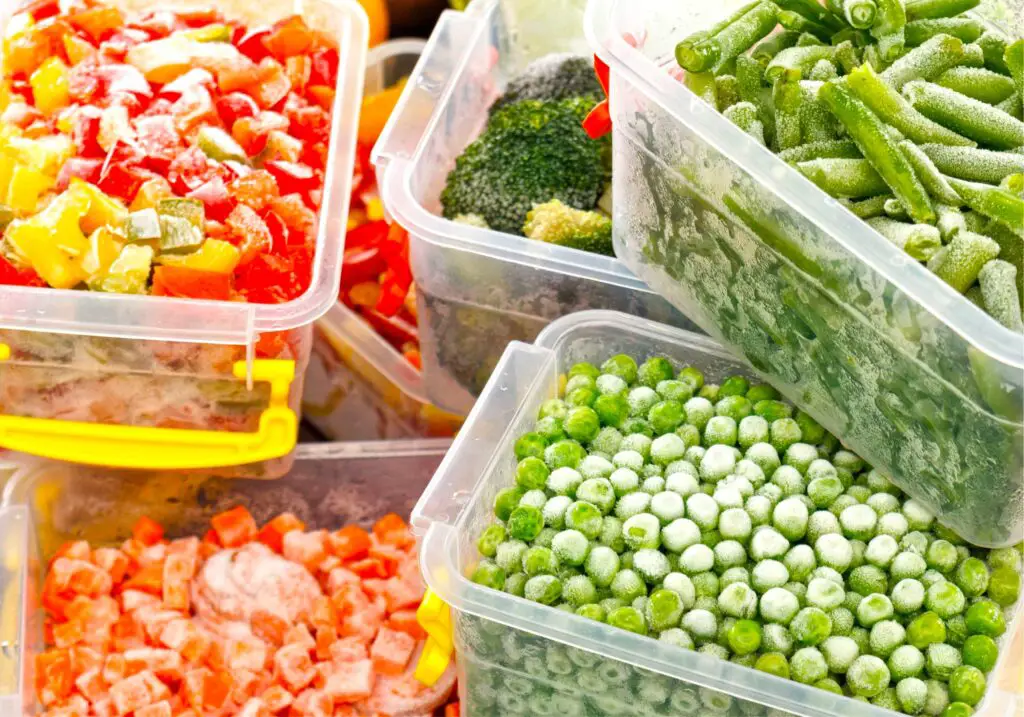
How to preserve frozen food
First of all, we need to put the frozen food we bought back into the refrigerator as soon as possible to prevent it from melting. Then we should also pay attention to storage in different categories because different foods placed in the same space will lead to cross flavor.
Finally, I suggest that the frozen food bought back should be repackaged first and then stored, because in this way, only the amount of frozen food to be thawed is needed, and the taste of food will not be affected by repeated thawing.
Shelf life of frozen food
When properly preserved, the shelf life of red meat frozen food can reach 10-12 months, and poultry frozen food has 8-10 months. The vegetables frozen food has about 5 months of shelf life, and seafood / River frozen food is best eaten within 4 months. Some quick-frozen staple foods (such as quick-frozen dumplings) are best eaten within one or two months.

